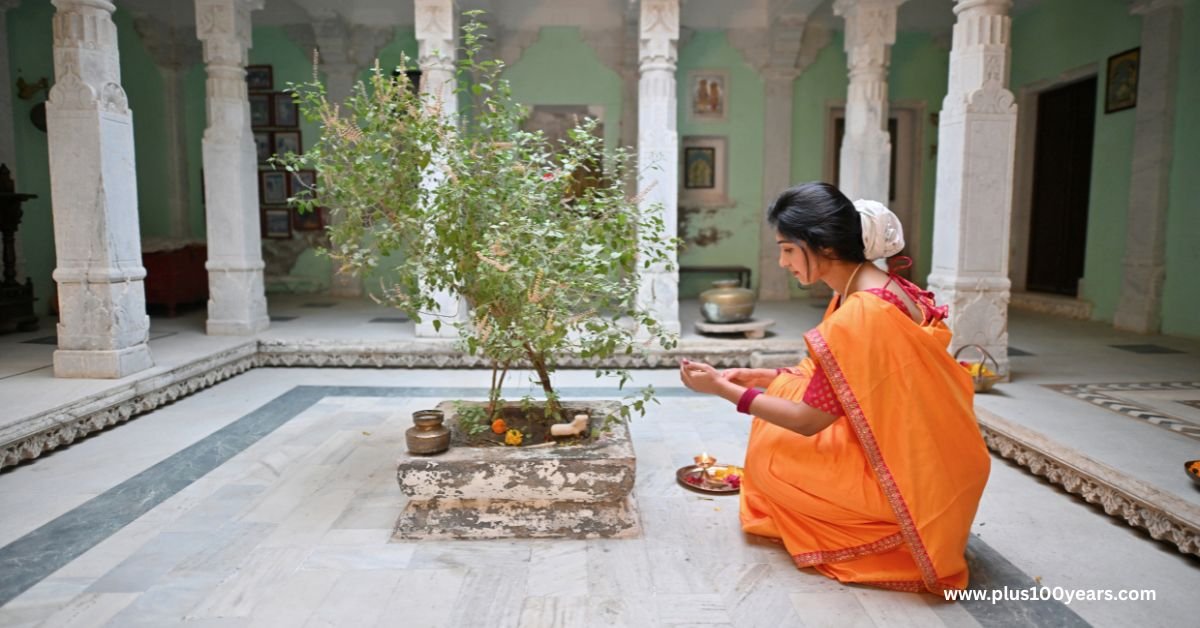Updated: 25-07-2025
Extracting information about leading and famous personalities of medical science in ancient history?
Then the first and foremost thing you should know is about Sushruta, an ancient plastic surgeon.
Know About Sushruta, an Ancient Plastic Surgeon
Some of you might or might not be heard about him earlier, but this is a right niche to know all about Sushruta an ancient plastic surgeon.
Generally, it seems that plastic surgery has been invented in the modern era.
The desire to achieve physical beauty is one major factor that has resulted from a great popularity to this procedure.
Discovering Sushruta: The Father of Plastic Surgery
Plastic surgery is not only considered for cosmetic reasons but also reconstructive purposes.
However, plastic surgery has been around us longer than people realize.
One such early instance can be found in the Sushrut, an ancient plastic surgeon in India.
History of Sushruta, an ancient plastic surgeon
According to the sources, Sushruta, an ancient plastic surgeon, was the earliest surgeon in history, living during 600 B.C., and he is also believed to be the first and foremost person to invent and describe plastic surgery.
All the basic principles of plastic surgery were described by him in his famous ancient treatise, Samhita.
Sushruta Samhita- an oldest treatise with surgery indicates that Sushruta an ancient plastic surgeon, who was perhaps the first surgeon to carry out plastic surgical operations.
Belief in plastic surgery
Though most people in this avant-garde era consider plastic surgery a comparatively new technique to improve physical beauty, the fact is that its origin had roots over 4000 years old in India.
Hindu mythology consists of four Vedas, namely the Rig Veda, Sama Veda, Yajur Veda, and Atharva Veda.
It is believed that the Sushruta Samhita is a part of the Atharva Veda.
Significance of Sushruta Samhita
The ancient tradition of surgery is described in the Sushruta Samhita and is considered the most brilliant gem in the medical literature of India.
Sushruta Samhita of Sushruta, an ancient plastic surgeon, is a treatise that boasts thorough descriptions of plastic surgery that has considerable surgical knowledge with relevance even today.
The precise era of Sushruta, an ancient plastic surgeon, is not known; however, many scholars believe that between 600 and 1000 BC [5, 6, 7, 8], Sushruta lived and taught, as well as practised his art in the city of Varanasi (Kashi, Benares).
Varanasi is located on the banks of the river Ganges, which is considered one of the holiest and most spiritual places in India & is also the niche of Buddhism & Ayurveda, the oldest medical discipline.
Also Read: What is Plastic Surgery?
The surgical skills of his students were also taught on different modules, for example, cutting vegetables.
The essential standards of plastic surgery are exactness, arrangement, haemostasis, and flawlessness.
Sushruta depicted numerous reconstructive procedures, for example, skin discharge for covering deserts and turning the arrival of the pedicle folds for covering loss of skin from a range.
The contribution of Sushruta, an ancient plastic surgeon, in the area of plastic surgery is enumerated as follows:
- Rhinoplasty (cheek)
- Techniques for repairing torn earlobes
- Cheek flap for earlobe
- Accidental lip injuries & congenital cleft lip
- Piercing children’s earlobes with a needle or awl
- Needles of bronze or bone
- Four-degree burns and explaining the heat stroke effect, frostbite, & lightning injuries
- 14 different types of bandaging that are capable of covering all body regions and various dressing methods with various medicaments.
- Use of wine to reduce the surgical incision pain.
- 20 varieties of sharp instruments are described (sastra) & 101 blunt instruments (yantra) and their dealing techniques.
- Systematic dissection of cadavers.
- Use of leeches to keep wounds free of blood clots.
- A code of ethics for teachers as well as students.
Sushruta, an ancient plastic surgeon, has taken plastic surgery in medieval India to a commendable stature, and that period was later viewed as the Golden Age of Surgery in ancient India.
Because of his various original commitments to science and specialty surgery in India, he is revered as the ‘Father of Ancient India’ and the ‘Father of Indian Plastic Surgery’.
Thanks for reading this article. Share your comments on this post.


